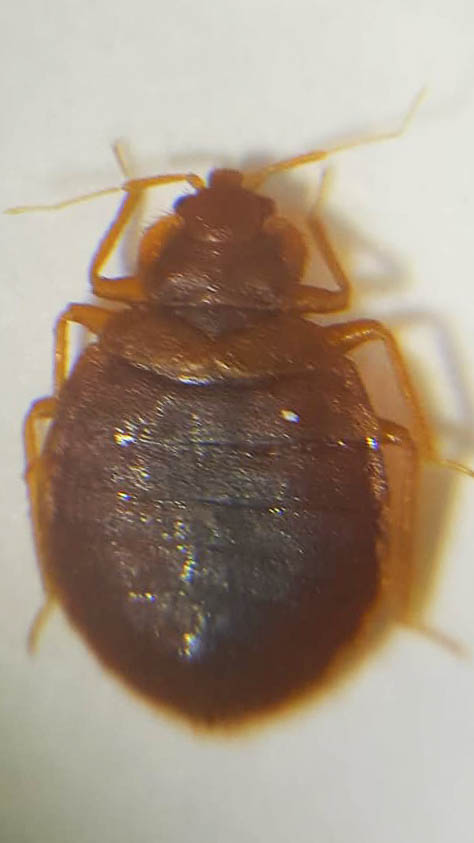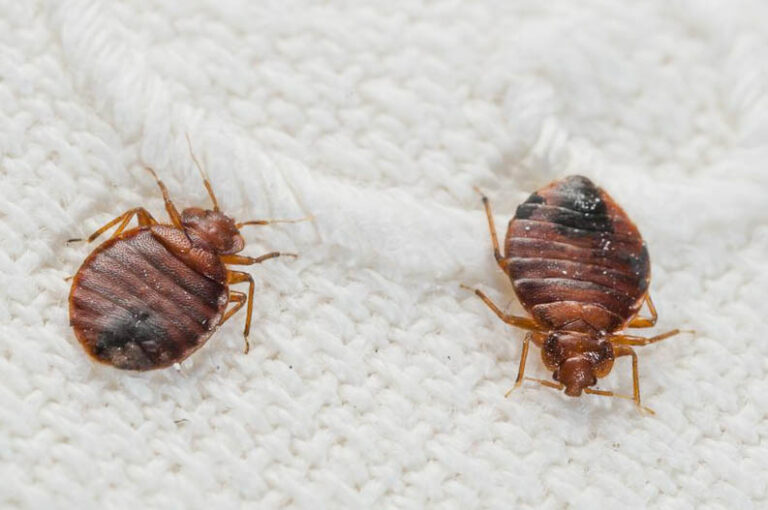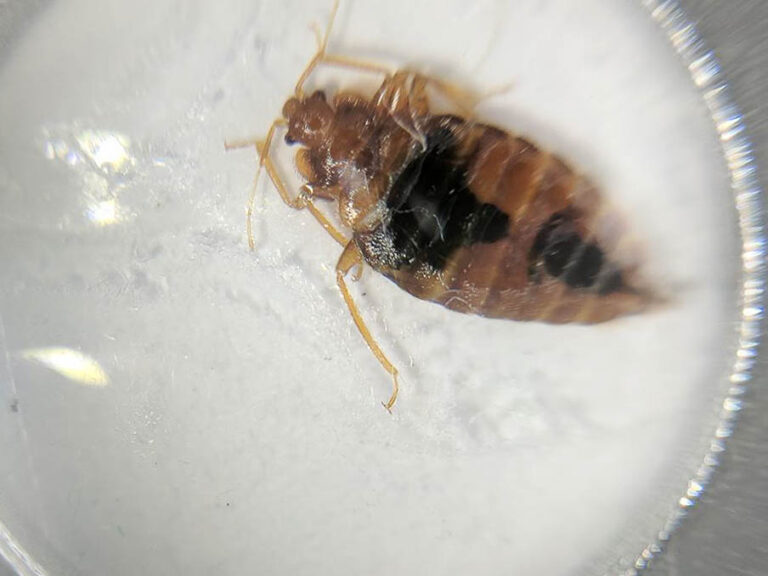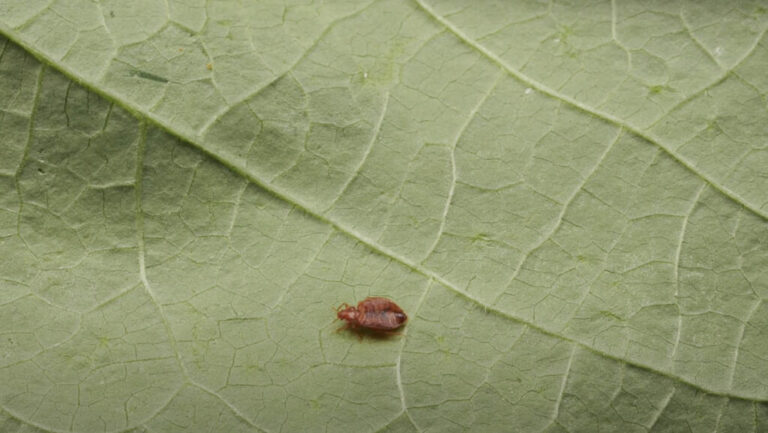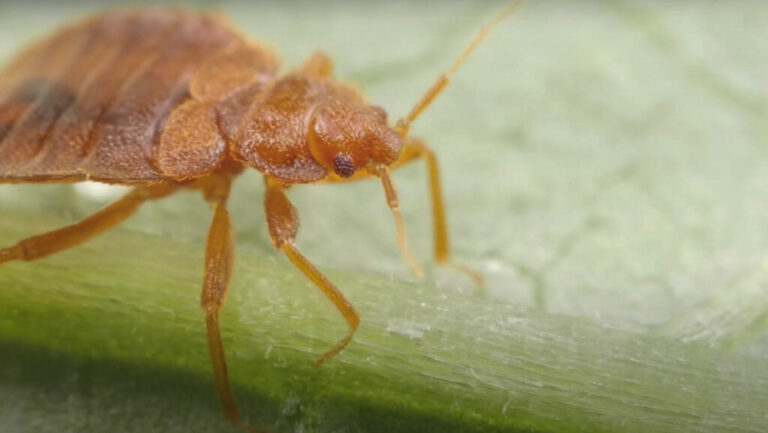About Bed Bugs
About Bed Bugs
Overview
Bed bugs are small insects that feed mainly on the blood of humans. The bed bug is of the genus Cimex, with the tropical bed bug (Cimex hemipterus) and the common bed bug (Cimex lectularius) being the species that attack humans most. They mainly feed at night, and the effect of their bites can lead to several health conditions, including allergic reactions, skin rashes, and psychological issues. The rashes caused by bed bug bites may progress from minor skin redness to severe blisters. These symptoms typically take between minutes to days to appear, often followed by severe itching and discomfort. Slight fever and tiredness can also result from bed bug bites.

Appearance
Bed bugs are flat, oval, reddish-brown insects around a quarter inch in length. Bed bugs and wood ticks have similar body structures. Both young and adult bed bugs have similar body shapes, with the only difference being their size. The adult bed bugs are larger than the young are, and they do not develop wings; hence bed bugs are flightless insects. However, they are quick on their feet, traveling over ceilings, floors, and walls with record speed.
Bed bugs go through five immature stages before turning into adults. They start as eggs and then proceed through five instar stages before becoming adult bed bugs. During these stages, they feed and molt, which leads to a gradual increase in size until they reach adulthood. It takes about 37 days for a bed bug egg to turn into an adult.
Adult female bed bugs lay eggs either separately or in clusters. It takes between 6-10 days for the eggs to hatch. An adult bed bug is the size of an apple seed, while eggs look like the period at the end of this sentence. The adult female lays her eggs wherever she goes to. The eggs are so small that they can be mistaken for a speck of dust.
Behavior
Bed bugs are typical night hunters. They come out to feed when the sun goes down. They seek out areas where people rest for long hours like chairs, beds, recliners, and wheelchairs. However, you will find the majority of the bed bugs lurking in and around your bed. If you inspect their hiding place, you are likely to find eggs, shed skins, dried bed bug droppings that resemble dark stains, as well as living bed bugs of all ages.
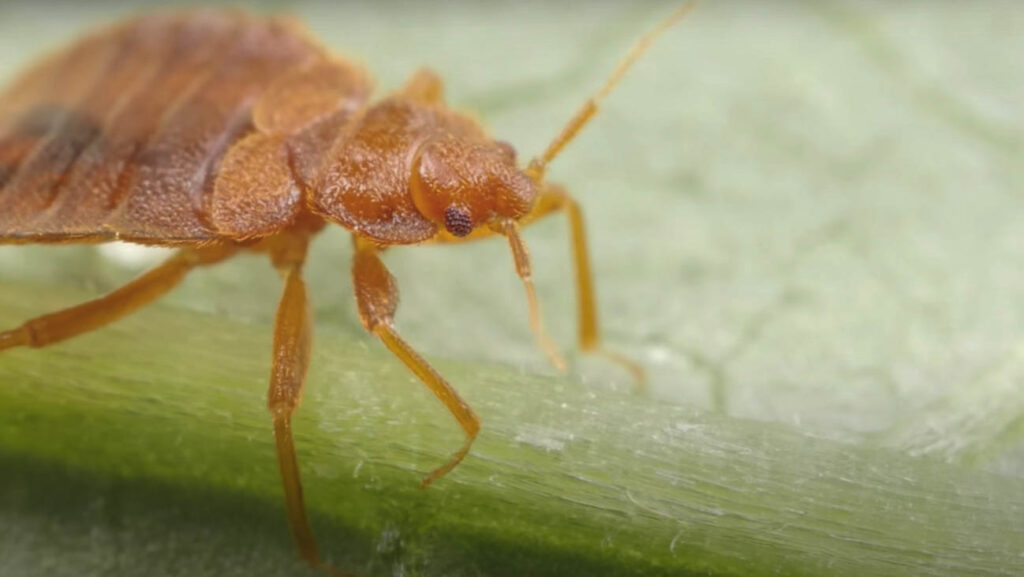
Bed bugs attack any exposed skin while you are asleep. It usually takes about 3-10 minutes for a bed bug to fill its stomach with blood. Bed bugs typically feed every 3-7 days, although they can go for months without food. They often go undetected while feeding because their bites are relatively painless. Skin rashes, as well as skin blisters, are the signs of their feeding action.
People who only suffer from rashes and itching may attribute the bed bug bite to other insects such as mosquitoes and ants. To confirm bed bug bites, you must look out for signs and identify any insect you come across. Bed bugs will eventually migrate to other parts of their environment if they become overpopulated or there is pesticide disturbance. Once they migrate and settle down, they begin to reproduce to keep up with their life span.
Bed bugs will eventually migrate to other parts of their environment if they become overpopulated or there is pesticide disturbance. Once they migrate and settle down, they begin to reproduce to keep up with their life span.
Destructive Tendencies
Bed bugs do not cause any physical destruction. Apart from the rash, blister, and foul smell, they do cause mental health issues. The biggest health threats associated with bed bugs include anxiety, PTSD, nightmares, obsessive behavior, and paranoia. People suffering from severe cases do require professional care.
Signs of Infestation
The most obvious signs of bed bug infestation would be rashes and itchy patches of skin. These rashes will occur if you own used beds and furniture with bed bugs in them. Apart from the rashes and itchiness, there are other signs of bed bug infestations, including:
- Dark stains on your clothes, sheets, pillowcases, mattress, and walls. These dark stains are not mere stains but dried up bed bug droppings.
- Bed bug eggs, shed skins, and dead bugs in and around their hiding spots.
- Bloodstains on your sheets, pillowcases, or clothes.
- Unpleasant smell originating from the bed bug’s scent glands.

